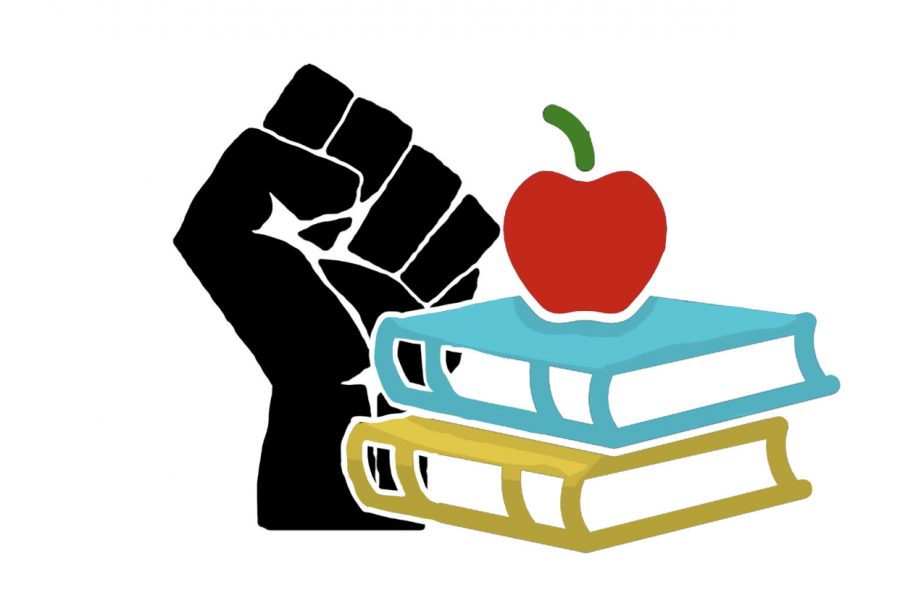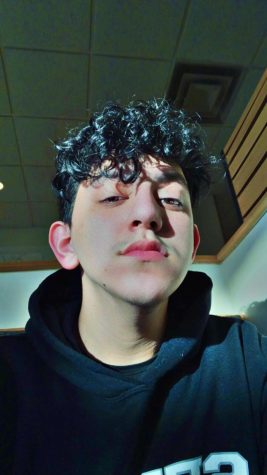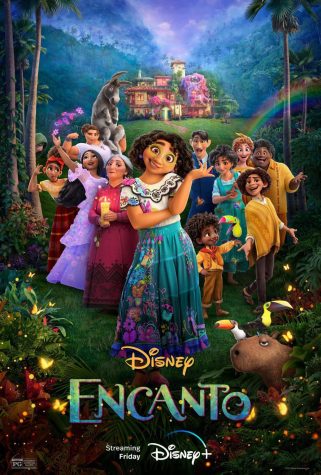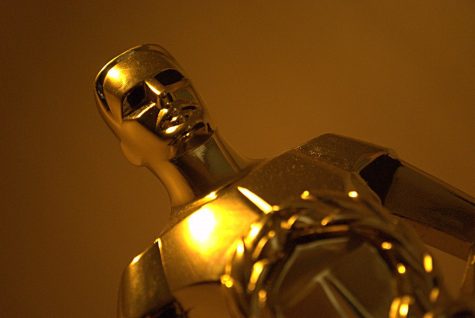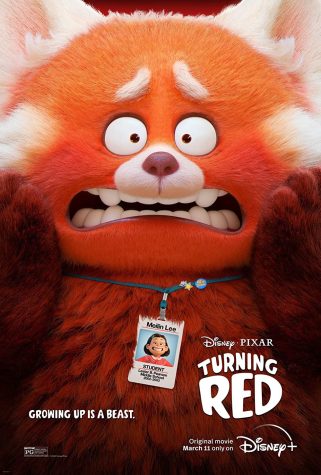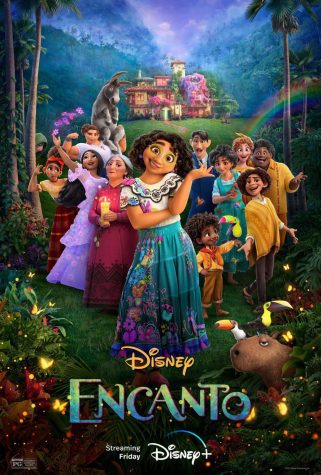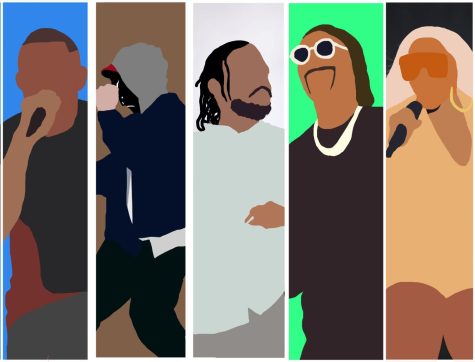I Can’t Breathe
The Effect Of Social Injustice In School
July 9, 2020
Those were George Floyd’s last words in police custody heard by millions across social media platforms such as Twitter and Instagram. Floyd remained under Derek Chauvin’s knee for 8 minutes and forty-six seconds after being detained for an alleged $20 counterfeit bill after a store clerk alerted the authorities.
Floyd’s death sparked a wave of social media activism, protests and riots for Black Lives in the United States and in other countries such as in Germany outside the U.S. Embassy in Berlin. Black Lives Matter or BLM is a movement speaking out against police brutality and injustice against black people internationally however the riots for civil rights can date back to the 60s.
What is Social Injustice?
By definition, social injustice can happen anywhere at any time, whether in schools or by whole diverse groups. Whether it is the segregation of an entire cultural group or bullying in the hallways of a school because of your sexual orientation, social injustice is everywhere.
Social injustice can include racial discriminations, gender discriminations, ethnic discrimination, unfair labor, whether on a local, national, or global scale. This includes victims of sexual assault who were and are now still pressured by society to not speak out because of what they were wearing or if they were drinking. In today’s world, there is a constant battle of identity, whether it is about one’s skin color, or sexual preferences. Despite everyone being entitled to their own opinions and beliefs, there are some who believe that actions speak louder. Most people take a peaceful approach, while others are more violent.
Stereotyping is also a form of social injustice. In the time following 9/11, Muslims were unfairly viewed and discriminated against, often being called terrorists and being overly checked by TSA in airports. Asian people faced comments on having COVID, or eating dogs or even bats. Black people faced being called thugs and being outlined as violent and dangerous.
“I’ve seen and faced both racial and gender discrimination. A lot of racial slurs are being used everyday just because of your gender, your skin color- your sexuality even. Sometimes we feel like we’re being beaten down and don’t have a say in anything. For example, someone in the hallway just saying something to put someone down to hurt their feelings- based on how they act, or the way they look, the way they sound, the way they talk from any foreign island you’re from. It’s sad because they might not understand what these people are saying, and they’re just bullying them. And yes! I’ve dealt with racial discrimination. People saying things because of my skin color, and because of my race and sometimes I’m just like ‘You know what? I’m not going to pick a fight. I have to stay strong and get through this, it’s only four years of highschool, and that was just my mentality. Nobody in this school should face this, because it’s hard. Even for myself to go through it everyday. The fact that people are saying things all based on my skin color, or the way I dress, or the way I act, or the way I talk. It’s seriously a problem that nobody should be facing.” says sophomore Emily Nagassar.
Nowadays, in the common school setting we see instances of social injustice. The subtle remarks about race or sexuality- comparing intellect and success as if one’s choices and beliefs can affect their academic outcome.
According to The Nation, Black students were expelled three times the rate of white students and Black girls were suspended at higher rates than all other girls and most boys. A quarter of schools with the highest percentage of black and Latino students did not offer Algebra II as a course. Black and Latino students accounted for 40 percent of enrollment at schools with gifted programs, but only represented 26 percent of students in such programs. Black students were more than three times as likely to attend schools where fewer than 60 percent of teachers meet all state certification and licensure requirements, while Latino students were twice as likely to attend such schools.
What is Happening Now?
After Floyd’s death on May 25th, a protest broke out the day after in Minnesota leading to a Target being looted following allegations of the business funding the police department there. These riots sparked controversy online with people in support of the protests and rioting while others are not supportive of the rioting and looting.
“I am in partial agreement to the protests as long as they are peaceful protests, but unfortunately we have citizens who take advantage of the ongoing situation who create damage like looting, and destroying property, so I do not agree with those actions. As long as there are peaceful protests, then I am all for it. The people need to be heard and the government needs to understand that we need justice.” says Liliana Medellin, a mother of two.
Even now, the globe is still amidst the COVD-19 pandemic with the Center for Disease Control still recommending wearing masks, maintaining social distancing at least 6 feet apart, and staying in small groups to prevent spreads of infection. Protests as shown online have at most hundreds of people leading media outlets to voice possible concerns about COVID. Not that long ago, protests broke out over stay-at-home orders with people demanding states to reopen despite the pandemic with violence often not breaking out.
“My thoughts on the coronavirus and it being ignored because of the riots and protests, I think and I hope people keep their distance. Practice social-distancing- staying six feet apart, because while we’re protesting those viruses and those germs can actually transfer to one another. It’s scary because we can all get sick and most likely die from the coronavirus.” says Nagassar. “Thousands of people have died from this virus and it is a very dangerous thing. So, I don’t appreciate the news showing these “aggressive protests” when there are not only aggressive protests but peaceful protests that are starting. The news wants to focus on the crazy and the violence and it’s sad because people are out there dying because of a virus- and the riots too.”
Videos have surfaced online of protestors being tear gassed, shot with rubber bullets, and harassed by police. Rubber bullets are meant to be non-lethal but protestors are often being shot in the eye or head and tear gas was banned in 1925 according to the Geneva Protocol after it was used in WW1. Other videos have surfaced of protestors being ran over by other drivers and even police. Photos and videos have surfaced online of police kneeling, walking, or chanting with the protestors but some protestors are denouncing this as an act saying it quickly turned violent after.
What has been accomplished and what is to come?
The four officers present during George Floyd’s death including the officer who suffocated Floyd have been fired according to CNN. Derek Chauvin was charged with second degree murder which is murder without intent however in this case, assault was intended. Chauvin has 18 formal complaints against him for brutality in his 19 years with the department and was also training one of the officers on the field. J. Alexander Kueng, who was on his first few shifts was charged with aiding in second degree murder and manslaughter. Tou Thao and Thomas Lane were charged with the same.
“I feel that the protest is well overdue, racial injustice has been happening for decades and it needs to stop. I think a way to deal with discrimination is to educate your self and not be so closed minded.” says junior Kiyasha Johnson.
Health authorities still remain concerned with the spread of COVID with the large gatherings of protestors and any spread of cases from the protests are still unknown but may be expected from asymptomatic carriers.
What Can You Do?
The big question is: what can be done to put an end to this discrimination and imbalance? Well, we can be more accepting and worry less about each other’s appearance. Don’t assume a person’s ability or experience based on the color of their skin, or the way they dress or talk, or by their sexuality or beliefs. We are all human, and it is this common thread that we should strive for equality not injustice.


